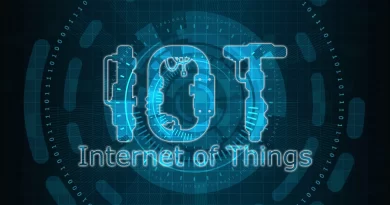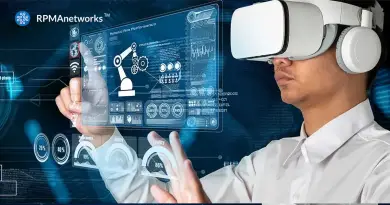Trillion With a T: A Word on the Internet of Things
The Internet of Things still exists. IoT is one of those technologies that has been five years in the future for nearly 20 years. And, despite the fact that many companies have built sizable “IoT” businesses, the big vision remains elusive.
We wrote several years ago about how much of a mess IoT is, pointing out that there will never be a single thing that we can point to and say is the IoT, as opposed to the regular Internet. As a result, we understand how many people are experiencing IoT fatigue. Many things are becoming connected without causing any significant changes in the world. But that doesn’t mean IoT won’t be important.
Having lived in the IoT world for many years, we are convinced of two factors that indicate IoT will be significant in ways we are only now beginning to comprehend. The first is that IoT will take longer to emerge than most people anticipated. Build a new phone, and it comes with connectivity, but how do we connect old things?
Retrofitting is time-consuming and costly, and it only occurs for a small subset of devices. Washing machines, light switches, and vending machines, for example, will only be connected when they are replaced. Washing machines can last for twenty years, and our house has light switches that date back to the house’s electrification. As previously stated, this is a messy and gradual process, but it is occurring. The second factor is that IoT is far more widespread than most people realize.
Forecasts of 50 billion or 200 billion connected things abound on the Internet. Those figures are both large and uninteresting. The majority of the items included in those forecasts are electronic – computers, phones, cameras, and so on. These devices do not require a completely new Internet connection and are part of the ongoing IoT expansion. However, there is a much greater potential for non-electronic items, which may not even be electric or powered.
The market for letters and packages is approximately 90 billion units, tools are approximately 100 billion, and bottles and cans are approximately 500 billion. And those are annual figures. The world is awash in Things and Objects. The ability to connect to the Internet could be beneficial to many of them. We could find them, track their usage, and come up with new ways to share them.
Simply put, if we could connect them, we could apply software tools to them, and we should all know how useful this can be. The true IoT market will be measured in trillions, not billions. In this case, the issue is less about time to adoption and more about economics. Connecting all of those things necessitates the use of extremely low-cost components. This report about the invention of $0.01 plastic, flexible processors inspired us to write this piece.
We’ll also need ways to connect these things; Wiliot now sells battery-free Bluetooth tags, which will eventually be priced in cents. We will also require a connectivity network, which is currently being built. Simply put, the concept of connecting all of these things is close, if not tangible, today. As previously stated, connecting all of these things provides enormous economic and social value. Improved methods for locating recyclable materials, increased sharing through more location information, and real-time usage data The list goes on and on. However, there is a significant risk involved.
All of those Apple AirTags being used to track ex-spouses, not to mention the massive surveillance networks being built in places like China, are a nightmare (a top use case for IoT is “Smart Cities”). As with any new technology, we will need to devise ways to deal with this potential, which is already very close.




